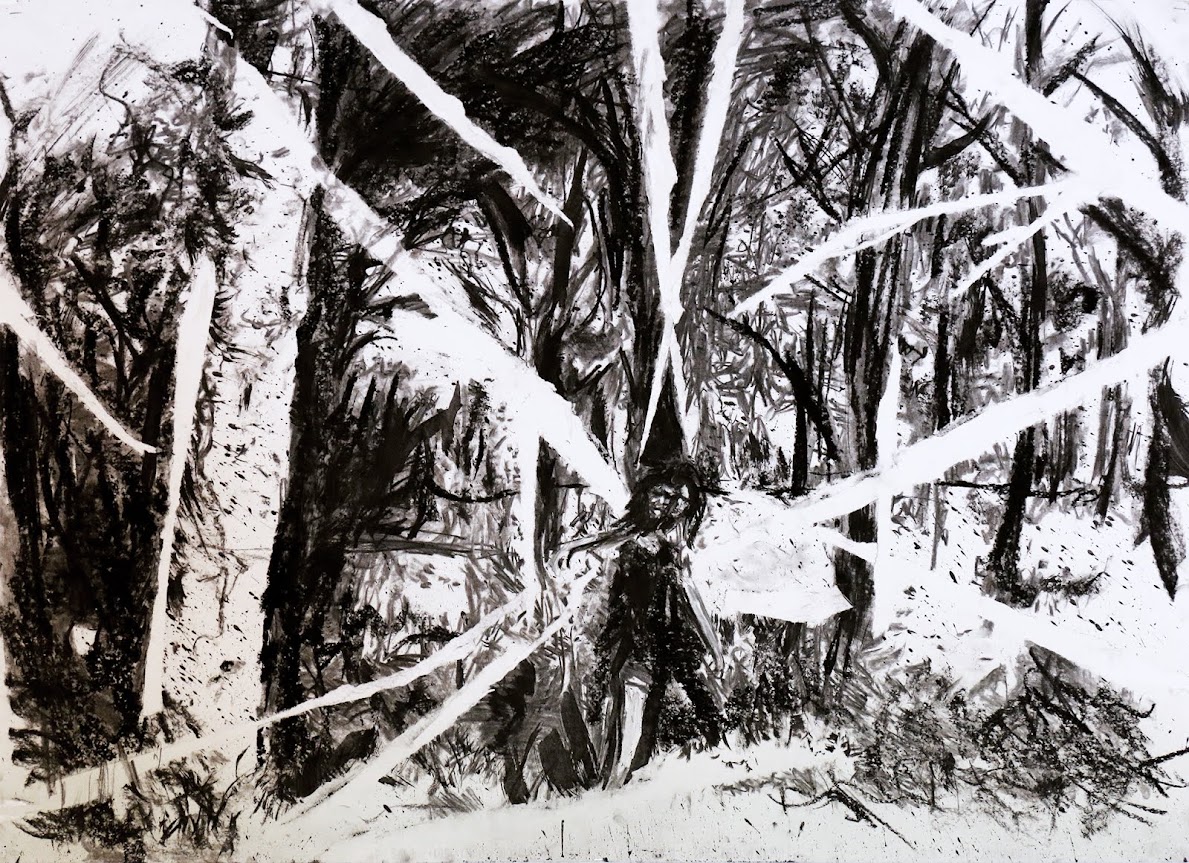Sunday 26 October 2014
Tuesday 21 October 2014
Explosion in the Art Department
Yesterday morning we opened the kiln door and found this....
I cannot really describe how it felt to see this, but what we had put in there the day before were three sculptures, one of which was a ring by Mariana Botte in year 13:
Needless to say, Mariana was heartbroken, and so was the whole staff who watched her spend weeks working on the details on this piece. Today, early in the morning I found her and convinced her to work on a new piece, not necessarily the same, but hopefully as interesting. Mariana made a huge effort to overcome her disappointment and a new piece is indeed being created. I hope I can share an image of it intact after firing it at half term.
Luckily there are some stunning photographs if this ring. These things happen but we are never really prepared. Another piece in the kiln was a sculpted guitar by one of our year 11 students, the second version of a previously exploded guitar... Today we carved a third version.
Whatever happens...we do not give up!
Wednesday 15 October 2014
Saturday 4 October 2014
glass and glaze
Below are two images of a recent sculpture by Paola Kassakowska. One was taken before it was fired and the other is a detail of the glazed surface of the face. In case some of our viewers are not familiar with the word "glaze", here is the basic description of what glaze is made of (from wikipedia)
Ceramic glaze raw materials generally include silica, which will be the main glass former. Various metal oxides, such as sodium, potassiumand calcium, act as a flux to lower the melting temperature. Alumina, often derived from clay, stiffens the molten glaze to prevent it from running off the piece. Colorants, such as iron oxide, copper carbonate or cobalt carbonate, and sometimes opacifiers such as tin oxide orzirconium oxide, are used to modify the visual appearance of the fired glaze.

It is still not obvious, how glaze works, unless one is familiar with glass. I leave you a beautiful film where you can see how glass behaves in the making. A contrast between the traditional glass making and the industrial machines that produce glass items en masse.
Glas Glas won master film maker Bert Haanstra a well-deserved Academy Award® for Best Short Documentary in 1959. The film contrasts the production of hand made crystal from the Royal Leerdam Glass Factory with automated bottle making machines in the Netherlands. An industrial film with a bebop heart, its lyrical use of light and sound still looks and sounds fabulous, nearly 60 years after it was made. Director Biography: Bert Haanstra (May 1916 – October 1997), was an internationally acclaimed Dutch film maker with a career spanning four decades. Though he made several forays into fictional cinema, it is his documentaries, which cast a sidelong and often idiosyncratic glance at the human animal, for which he is best known. Director: Bert Haanstra Producer: Government of the Netherlands Running Time: 10 minutes Website: www.berthaanstra.nl/english.html
Ceramic glaze raw materials generally include silica, which will be the main glass former. Various metal oxides, such as sodium, potassiumand calcium, act as a flux to lower the melting temperature. Alumina, often derived from clay, stiffens the molten glaze to prevent it from running off the piece. Colorants, such as iron oxide, copper carbonate or cobalt carbonate, and sometimes opacifiers such as tin oxide orzirconium oxide, are used to modify the visual appearance of the fired glaze.
It is still not obvious, how glaze works, unless one is familiar with glass. I leave you a beautiful film where you can see how glass behaves in the making. A contrast between the traditional glass making and the industrial machines that produce glass items en masse.
Glas Glas won master film maker Bert Haanstra a well-deserved Academy Award® for Best Short Documentary in 1959. The film contrasts the production of hand made crystal from the Royal Leerdam Glass Factory with automated bottle making machines in the Netherlands. An industrial film with a bebop heart, its lyrical use of light and sound still looks and sounds fabulous, nearly 60 years after it was made. Director Biography: Bert Haanstra (May 1916 – October 1997), was an internationally acclaimed Dutch film maker with a career spanning four decades. Though he made several forays into fictional cinema, it is his documentaries, which cast a sidelong and often idiosyncratic glance at the human animal, for which he is best known. Director: Bert Haanstra Producer: Government of the Netherlands Running Time: 10 minutes Website: www.berthaanstra.nl/english.html
Wednesday 1 October 2014
New batch of cyanotypes
Our new year 12 group has started the year with great energy and enthusiasm. We changed our theme and the syllabus is new but the old cyanotyes are always pertinent and, well, just great!
 |
| Maria Kiseleva |
 |
| Ana-Maria Mikhail |
Subscribe to:
Posts (Atom)



